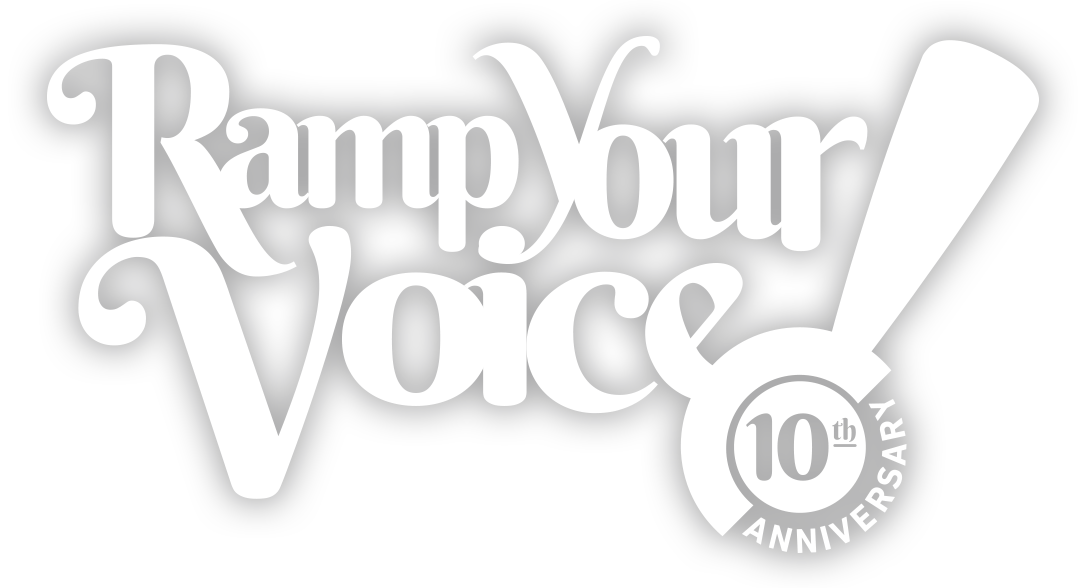Blog Action Day 2013: Human Rights
Today is Blog Action Day, a day where thousands of bloggers from around the world post about the same theme. Human Rights is this year’s theme.
I decided to share the great drawing by a very talented freelance graphic artist named Gavin Aung Than, the creator of Zen Pencils. (The drawing is found at the end of the posting.) His drawing for Blog Action Day sparked me to write something about the importance of human rights for people with disabilities. The United Nations have taken tremendous steps in advocating for human rights for people with disabilities on an international scale. Its implementation of the Convention on the Rights of Persons with Disabilities (CRPD) and its Optional Protocol on December 13, 2006 allowed the status of those with disabilities throughout the world to be on the consciousness of world leaders. On the opening day of the Convention, 82 nations signed the Convention, and 44 nations signed the Optional Protocol. Those signatures were the highest numbers ever in the history of the UN. The CRPD was the first comprehensive human rights treaty of the new century.
The UN has been working for decades to change the attitudes, eliminate mistreatment, and improve the quality of life of those with disabilities. The UN’s work, and the implementation of the CRPD, helped to shift world views of people with disabilities from plain helpless and charity cases to being individuals with rights, and having the ability to proclaim ownership of those rights. People with disabilities are more than capable of making decisions pertaining to their livelihood and health, and should have the opportunity to be fully active participants in society.
The UN’s CRPD adopted a broad categorization of what disability looks like and outlines that those with disabilities, regardless of the type or condition they may have, should enjoy all human rights and freedoms that able-bodied individuals take for granted. The CRPD explains how all categorizes of rights are applicable to people with disabilities, and how those categorizes can be adapted to fit the unique needs of those with disabilities. These adaptations will allow those with disabilities to truly express their rights, demonstrate how their rights may have been violated, and how to strengthen the protection of those rights.
Though the UN has done incredible work on the international level in the fight for equality, fairness, and just treatment for people with disabilities, there’s more work ahead that remains. The United States has yet to sign the treaty pertaining to people with disabilities, which is disheartening since the Americans with Disabilities Act (ADA) provided the blueprint for the UN’s CRPD. Other nations have been proactive when it comes to improving the well-being of their citizens with disabilities while the United States has been somewhat stagnant over the last decade. There’s so much work remaining in this country as far as propelling people with disabilities into new heights where they are closer and closer to being equal as their able-bodied counterparts; we cannot afford to be stationary in our disability advocacy efforts. If we were viewed as progressive during the second half of the 20th century when it comes to human rights for people with disabilities, how can we possibly neglect what we started?
I’m not willing to allow the disability rights movement to be merely a fad that’s to be left in the 20th century; we need to take more action in developing effective policies, programs, and services, and changing the erroneous views that society has about those with disabilities. We as advocates, helping professionals, public figures, families, and neighbors cannot sit back and wait for someone to come along and demand more act – WE have to demand it, and keep fighting until we achieve it. In other words, in order to create change, we have to RAMP OUR VOICES together to establish societal and political changes.
(Courtesy of Zen Pencils. Click the image to view a larger version of it on Zen Pencil’s website.)


